Explore the Pros and Cons of Different Types of Roof Shingles
Shingle all the way


Your home’s roofing provides essential functions to your comfort and well-being, and stands as an important element of your home’s visual appearance. There is a dizzying array of roof shingles on the market and, when it comes time to replace yours, you will want to choose the right one for your needs. We have got you covered with this handy guide to the different types of shingles.
1. 3-Tab Asphalt Shingles
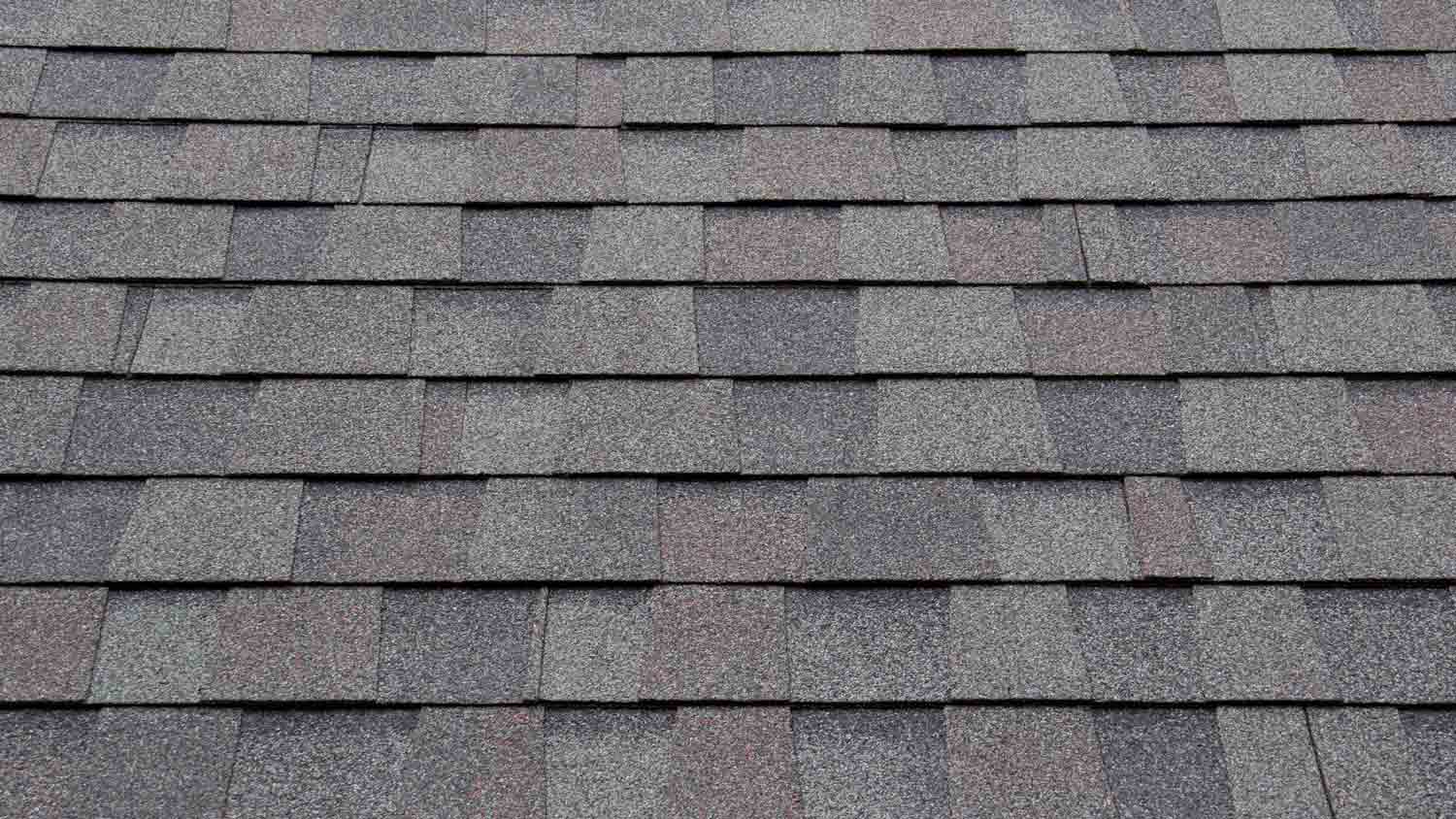
Three-tab shingles are the least expensive type of asphalt shingle. Cut in a long, thin shape, they are also called strip shingles. Three-tab shingles include a single layer of asphalt, are lightweight, and lie flat.
| Pros | Cons |
|---|---|
| Affordable installation | Less durable than other asphalt shingles |
| Cost-effective materials | Looks expensive compared to other types |
| Easy to replace or repair | Relatively short life span |
Best for: Homeowners on a tight budget or those looking for a cost-effective roofing solution without sacrificing quality.
2. Architectural Asphalt Shingles
Architectural shingles are the most common asphalt shingles for new homes. Made with an extra laminated layer, they have a rounded appearance compared to the flat look of three-tab shingles and provide additional resistance to weather. Next to the uniform look of three-tab shingles, the distinctive alternating pattern of dimensional shingles adds depth to a roof’s appearance.
| Pros | Cons |
|---|---|
| Durable | Higher cost than 3-tab shingles |
| Weather resistant | Composed of more asphalt than 3-tab |
| Better warranty | More susceptible to mold and mildew |
Best for: Homes in regions prone to severe weather such as heavy rain, wind, or hail.
3. Metal Shingles
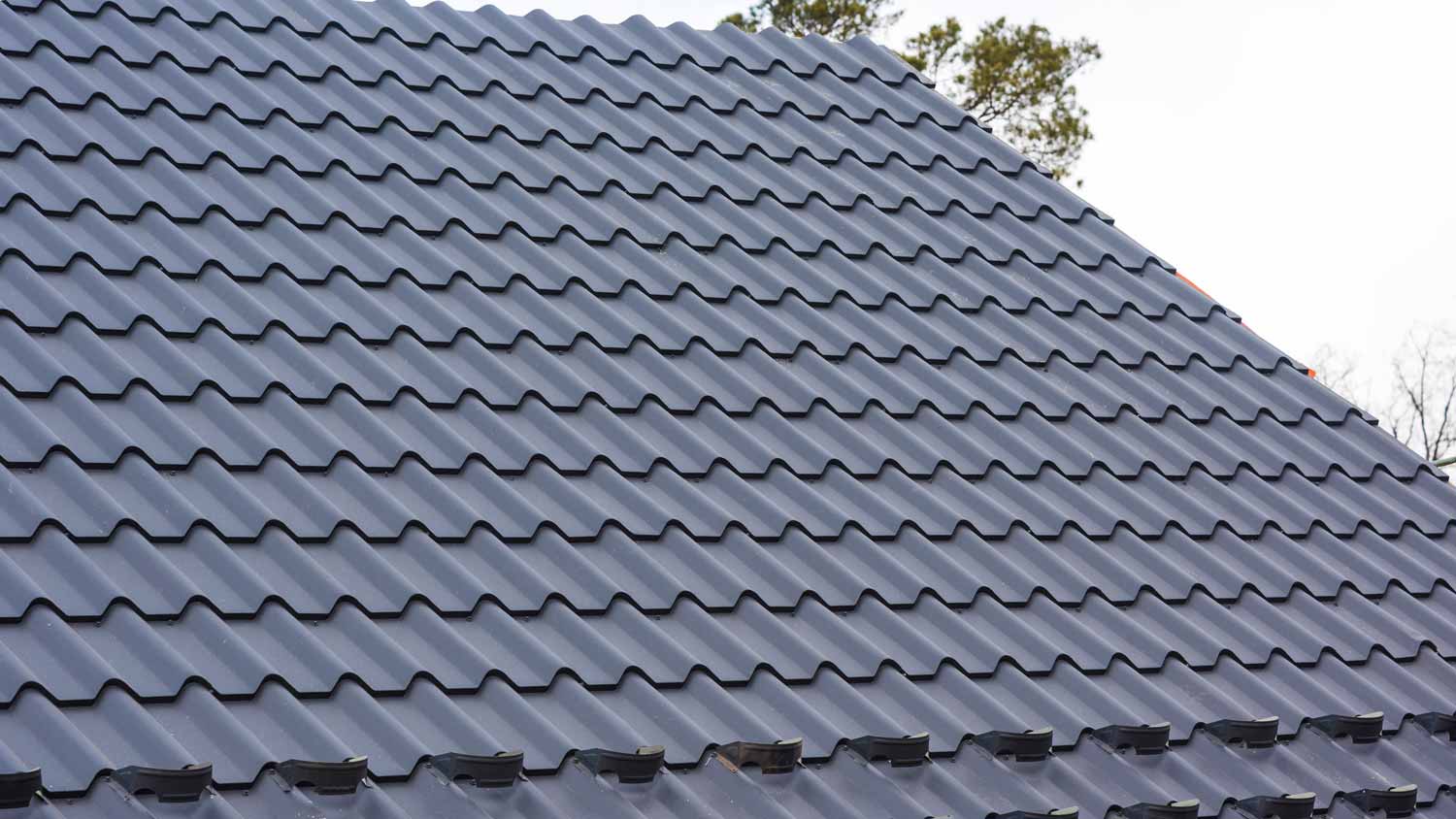
Metal shingles materials are prized for their durability and aesthetic appeal. These shingles mimic the appearance of traditional roofing materials like asphalt or wood shakes but offer better longevity and weather resistance.
The most popular types of metal shingle materials include aluminum, steel, and copper. Installed in overlapping rows, metal shingles provide a protective barrier against rain, snow, wind, and UV exposure.
| Pros | Cons |
|---|---|
| Durable in harsh weather conditions | More expensive upfront cost |
| Long lifespan lasting between 50–75 years | Complex installation |
| Non-combustible and provides excellent fire resistance | Noisier during heavy rain or hailstorms |
| Require minimal maintenance | Prone to denting |
Best for: Homeowners in wildfire-prone areas or those concerned about fire safety.
4. Wood Shingles
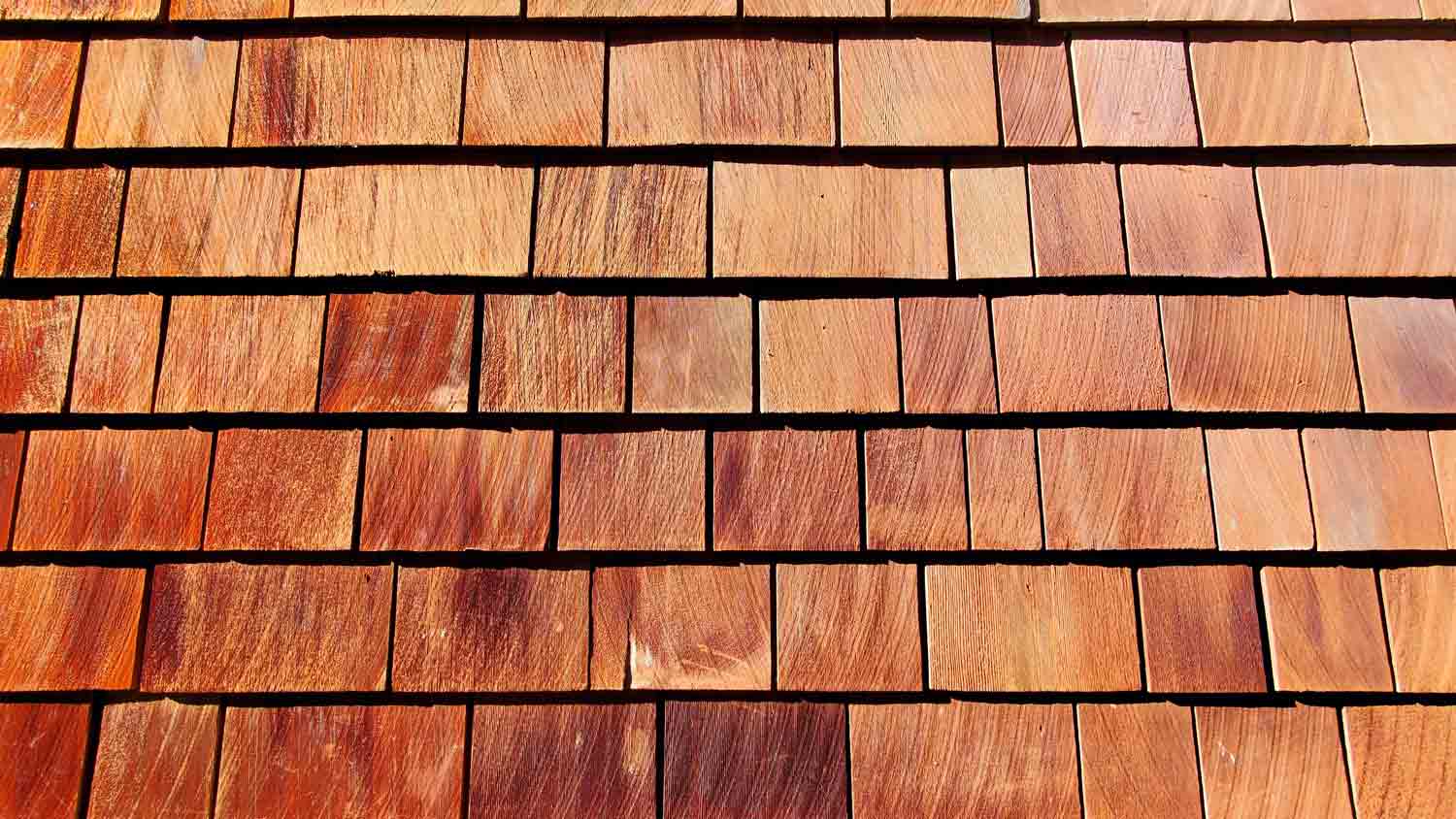
Offering rustic charm in an environmentally friendly package, wood shingles are usually made of pine, spruce, redwood, or cedar—natural materials that are also recyclable. The downside is that they offer the least protection from the elements, making them unsuitable for hot, dry, or wet climates since they are susceptible to termites, rot, and fire (though some varieties have a Class A fire resistance rating). Wood shingles also require more intensive maintenance to mitigate these inherent risks. They do, however, achieve valuable curb appeal at moderate prices.
| Pros | Cons |
|---|---|
| Resistant to wind, impact, and UV rays | More complicated to install |
| Eco-friendly | Damage shingles cannot be repaired, only replaced |
| Nice curb appeal | Vulnerable to pests and rot |
| Compatible with different home designs | High-maintenance |
| Average life span of 20–30 years | Not fire-resistant |
Best for: Eco-conscious homeowners looking for an environmentally-friendly roofing option.
5. Concrete Tile Shingles
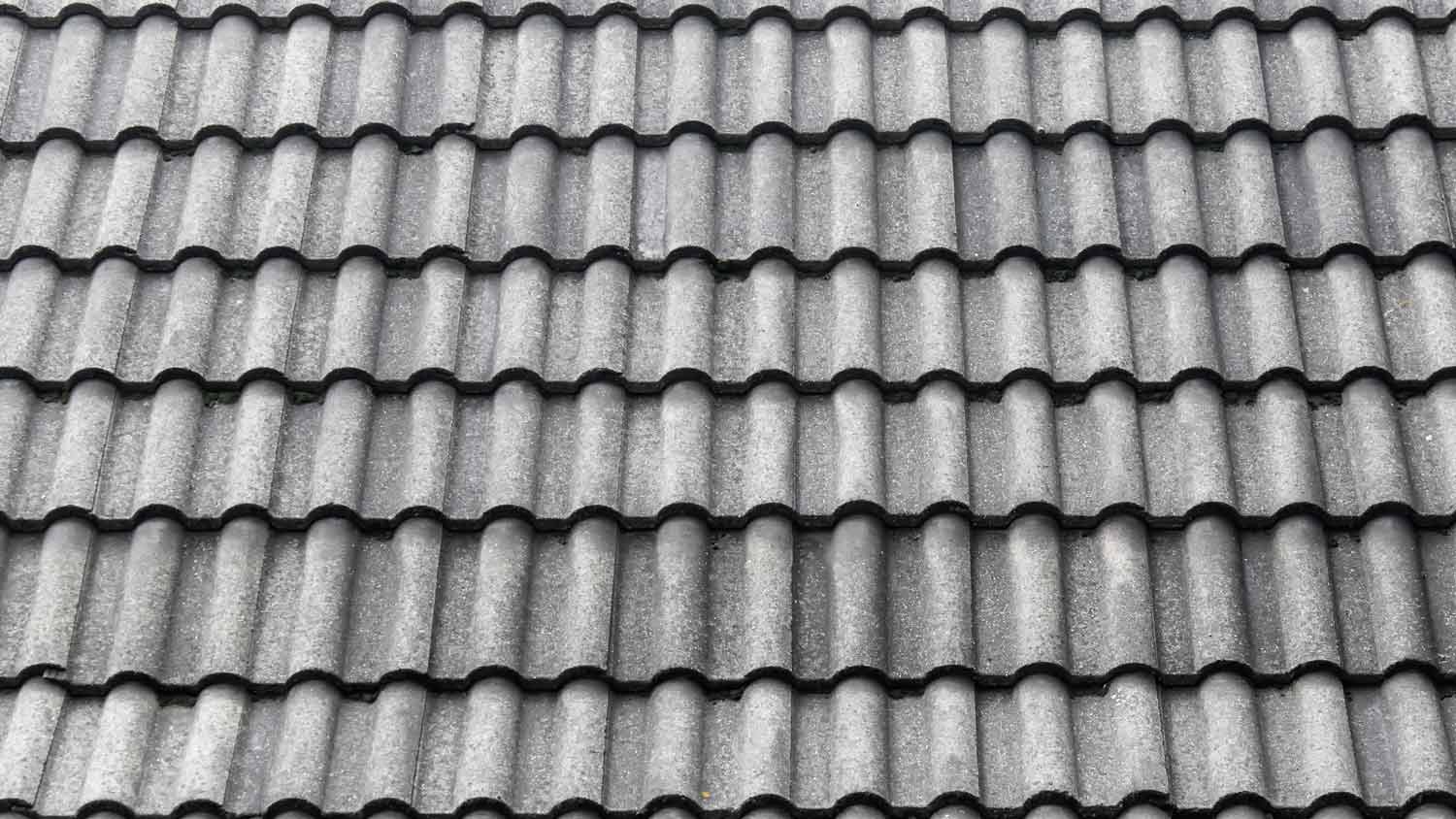
Comparable in function to clay tiles, concrete shingles have a long history and provide durable, energy-efficient roofing with resistance to the elements. Like other heavier roofing materials, installing concrete tiles may require you to reinforce your home’s frame. Concrete offers a diverse array of design options, allowing you to opt for shingles in classic, unmistakable gray and colors and styles similar to those of other shingle types.
| Pros | Cons |
|---|---|
| Wide variety of style options | Very heavy |
| Average life span of up to 50 years | Made of a brittle material that requires professional repair |
| Relatively inexpensive | Colors tend to fade |
| Minimal maintenance | Susceptible to cosmetic water damage |
Best for: Homeowners favoring minimal upkeep on their roof.
6. Slate Shingles

Made from stone, slate tile shingles make for attractive, stately, and long-lasting roofing. They are highly weather-resistant and capable of shouldering large amounts of weight. This shingle suits regions with heavy snowfall, like the American Midwest.
Slate is a sustainable material that is also non-combustible. All of these benefits come at a cost: Supplies and professional installation are expensive, and the total weight of the roof may require reinforcing your home’s framing structure. Consult with a structural engineer to confirm that slate shingles are right for your house.
| Pros | Cons |
|---|---|
| Extremely durable, offering a life span of 60–150 years | More expensive than other types |
| Attractive, upscale look boosts curb appeal | May require a structural engineer’s input |
| Sustainable material | Heavy roofing not suitable for all home frames |
Best for: Homeowners who want a roofing material that will last for generations.
7. Clay Tile Shingles
Visually pleasing clay tile shingles are most commonly associated with Mediterranean and Spanish architecture. They are a solid choice if you are looking for a roof that can withstand the test of time. Plus, they are low maintenance and work in extreme hot and cold weather. You will not have to worry about the shingles rotting or developing mildew, and you can choose from Mission, Spanish, French, or interlocking styles for the exact aesthetic you are looking for.
| Pros | Cons |
|---|---|
| Durable against extreme weather, wind, and fire | Requires specialized skills to install |
| Provides excellent insulation | Higher cost compared to asphalt |
| Last 100 years or longer with proper maintenance | Heavy and cannot be installed on every roof type |
Best for: Homeowners seeking a roofing material with exceptional longevity and resistance to harsh weather conditions.
8. Solar Shingles
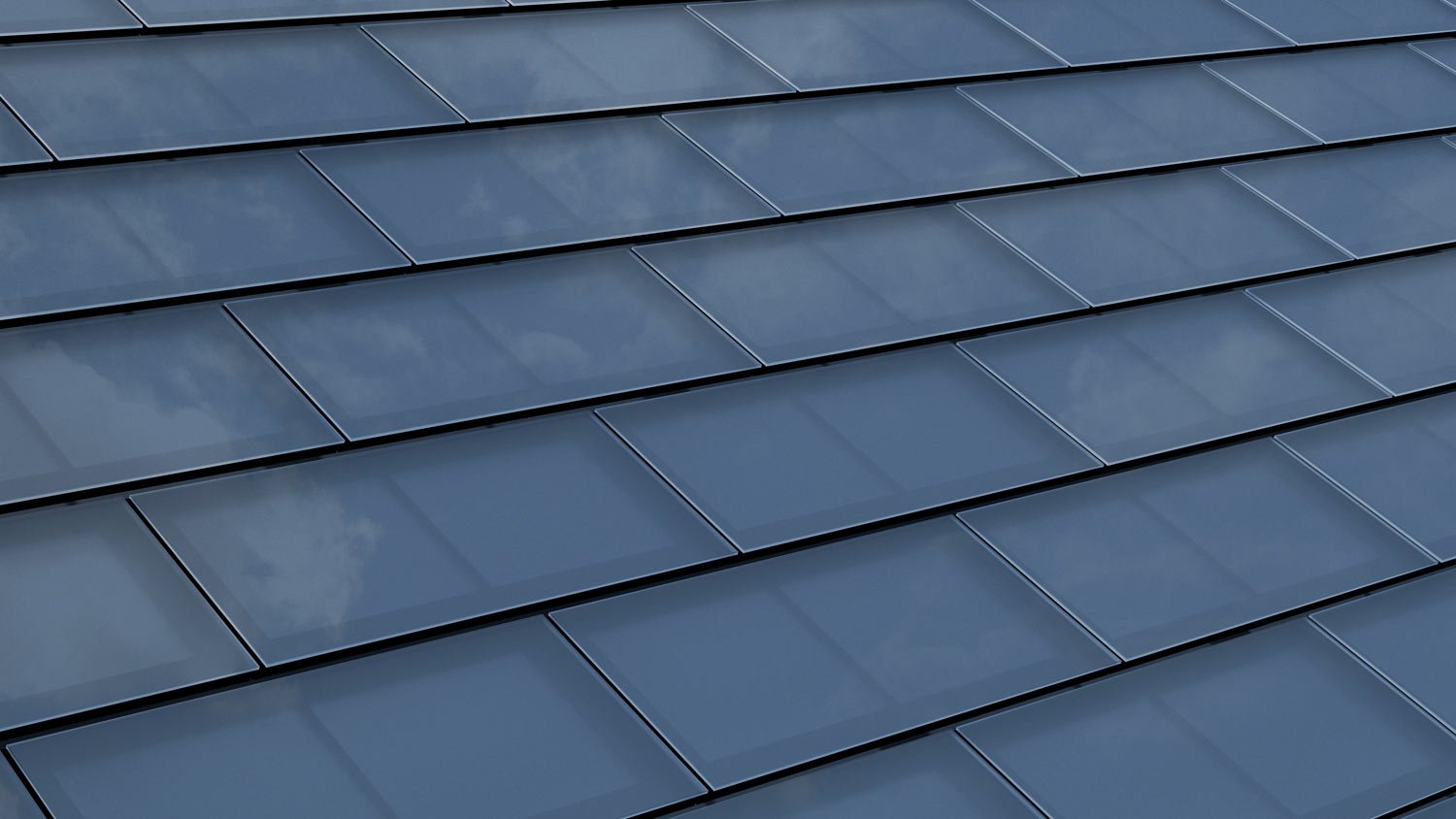
In recent years, technological advances have allowed homeowners to harness the benefits of solar energy without installing large, bulky panels. Instead, they can capture sunlight on small squares that look like standard shingles. Solar shingles are quite pricey, but you will save in the long run with the energy they add to your home’s grid, especially in sunnier climates. They last 20 to 30 years.
Solar shingles do require specialized professional installation that may not be available in all areas. Note that some solar shingles are considered hazardous waste, depending on which metals they contain.
| Pros | Cons |
|---|---|
| Save money by generating your own electricity | Expensive to install and maintain |
| Can add value to the home | Specialized professional installation |
| Environmentally-conscious | Not ideal for areas with low sunlight |
Best for: Homeowners looking to generate renewable energy.
9. Rubber Shingles
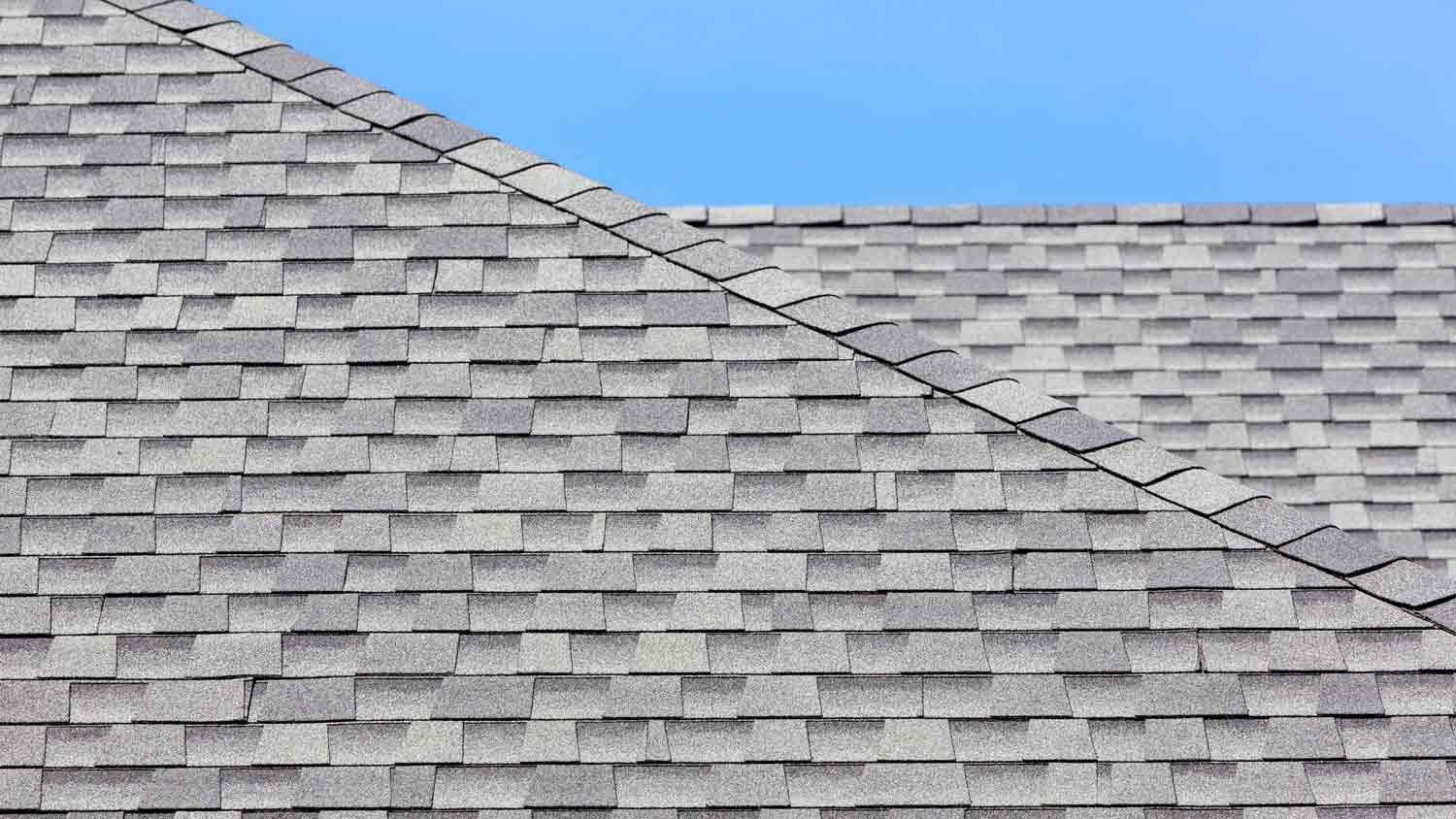
Rubber shingles can mimic the appearance of other materials. Manufacturers produce them in thick slabs, often from tires and other recycled products. Rubber shingles provide a hardy barrier against precipitation, wind, and noise. They are durable to impact and last for many years, but they have many of the same drawbacks as other heavy roofing materials. Not every framing structure can support rubber shingles; the material is expensive and requires professional installation, which is not always available.
| Pros | Cons |
|---|---|
| Made from recycled material | Too heavy for many homes |
| Durable in the elements | Expensive material |
Best for: Homeowners looking for an environmentally-friendly roofing material.
10. Composite Shingles
Composite roof shingles are known for their versatility, durability, and affordability. Often made of a blend of asphalt, fiberglass, and mineral granules, composite shingles are designed to mimic the appearance of traditional roofing materials like wood shakes or slate.
Composite shingles are installed in overlapping rows on the roof's surface, providing a protective barrier against rain, wind, and UV exposure
| Pros | Cons |
|---|---|
| Budget-friendly material | Not a renewable resource |
| Requires minimal maintenance | May absorb heat, leading to higher cooling costs in warmer climates |
| Lightweight and easy to install | Prone to damage from impact |
Best for: Homeowners looking for a cost-effective roofing solution.
Cost and Life Span of Roof Shingles by Material
When weighing the choices for your roof shingles, the two most important criteria homeowners consider are cost and life span.
| Shingle Type | Lifespan | Cost (per square foot) |
|---|---|---|
| 3-Tab Asphalt | 15 – 30 years | $3.20 – $7.75 |
| Architectural Asphalt | 25 – 30 years | $4.50 – $7 |
| Metal | 50 – 75 years | $4.70 – $40 |
| Wood | 30 – 80 years | $5.50 – $13.50 |
| Concrete | 30 – 50 years | $7 – $19 |
| Slate | 75 – 200 years | $10 – $30 |
| Clay | 50 – 100 years | $5 – $15 |
| Solar | 25 – 30 years | $21 – $25 |
| Rubber | 15 – 25 years | $25 – $40 |
| Composite | 20 – 30 years | $7.50 – $13 |
How to Figure Out Which Shingle Is Right for Your Roof
There are many factors involved in choosing shingles to match your needs and your home. Some top considerations include:
Budget: Since roof replacement costs average $9,000, budget is likely to play a big factor in your choice. Shingles come in a vast range of different prices; while some of the priciest options offer inarguable benefits, they may not fit your most urgent needs. For example, if you do not experience extreme weather where you live, you might not need to opt for the most durable and resistant option, which also comes with a higher price tag.
Style: Different shingle types have vastly different visual styles—and not all of them are right for every home. Consider how your chosen shingle will complement or change the look of your home.
Climate: In snowy and wet climates, high wind and water resistance ratings are crucial, while homes in drier climates most urgently need protection against fire.
Environmental Impact: Some shingle materials are made from recyclable materials using more sustainable production processes. Depending on the budget, these eco-friendly benefits can tip one option over another.
Weight: Many high-end shingle varieties are quite heavy, creating a burden that certain framing structures cannot support without reinforcement. Make sure to understand the weight limits of your home’s structure before choosing shingles.
Installing shingles can be a DIY project, but if you are not confident in knowing how to safely install roof shingles, make sure to hire a roofing company near you.
Mizuki Hisaka contributed to this piece.


